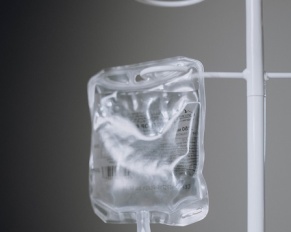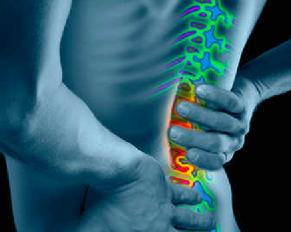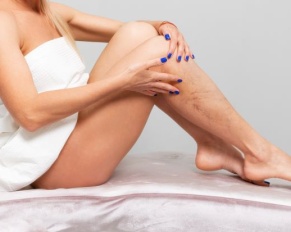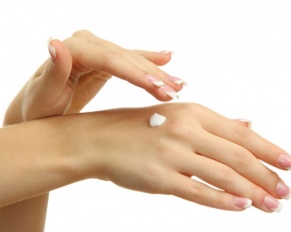Dermal fillers could help win your battle against wrinkles. As we age, our faces naturally lose subcutaneous fat. The facial…


Dermal fillers could help win your battle against wrinkles. As we age, our faces naturally lose subcutaneous fat. The facial…

The FDA, or Food and Drug Administration, is an agency inside the U.S. Department of Health and Human Services. It makes up the office of the Commissioner and the four directorates oversee the core functions of the agency. From medical products and tobacco, to food and veterinary medicine, it helps to regulate operations for many industries in America.
The Federal Drug Administration is responsible for many things. First is being the regulator of tobacco. Beyond that, the FDA aids the protection of public health by making compliance regulations for the medical field, food service industry, and many more important parts of everyday life for American citizens.

Having constant back pain causes such as spasms, muscle strains, or disk issues can put a damper on your life.…

Facial rejuvenation traditionally involved a long, invasive procedure, requiring extended downtime, bruises, and swelling. But, now thank to laser facelift…

Many people are genetically predisposed to develop venous issues and suffer with longstanding vein disease, where others breeze through life…

Medical experts rank back pain as one of most common medical conditions, affecting an estimated 80% of all Americans at some point during their lives. What makes back pain particularly troublesome, is that it is a medical condition that affects people of all ages, genders, and ethnic backgrounds. But what exactly causes back pain?
An adult spine consists of a stack of 24 bones called vertebrae, plus the bones of the sacrum and coccyx. These bones support the human body and protect the spinal cord’s major column of nerve fibers connected to the brain. These fibers run through the vertebrae via the spinal canal. Between each vertebra are discs made of cartilage and filled with a gel-like material, these act similar to a shock absorber. Also, ligaments, muscles, tendons and small joints called facets help hold the vertebrae together.

A variety of factors contribute to the skin’s natural aging process. But there are also a number of variables, which individuals cannot control such as genetics and environment. The natural aging process is nearly impossible to stop; with time, all complexions will begin to reveal blemishes, wrinkles, creases, and imperfections from a once radiant appearance. This process is called “intrinsic aging” and is largely influenced by our genes, making it near impossible to predict or prevent. Meanwhile, environmental factors such as sun exposure, air pollution and living conditions, coupled with lifestyle factors like diet and stress all contribute to premature aging.
It is not uncommon for both men and women to inquire about anti-aging treatment methods as early as their late twenties and early thirties. Some seek treatment to reverse or halt the aging process, while others contact a dermatologist about precautionary measures to avoid treatments later. Fortunately, there are treatment options to choose from plumping to tightening, which helps give the appearance of flawless, glowing skin. To help rejuvenate and turn back your body’s clock, consider the following affordable, non-cosmetic approaches that can make a significant impact on improving skin’s health, radiance and elasticity.

As the weather goes through changes, so does the human body. When temperatures drop, many people report experiencing an unexpected and unpleasant change in their skin. It is common to develop itchy or dry skin during the frigid winter months. The hallmark symptoms of this condition include chapped lips, cracked hands, and tightness. While dry skin can be uncomfortable and bothersome, there are numerous steps to take that can alleviate and prevent uncomfortable, dull winter skin.

As people age, the body goes through a number of changes. For example, cells turnover at a diminished rate, as we grow older. Every 28 days, the skin naturally sheds dead cells and replaces them with younger cells. But as the body matures, this renewal process slows down, and new cells begin to regenerate less often. These circumstances allow old, dead skin to remain on the skin for a longer period of time. Once individuals reach the age of 40, the body’s collagen production begins to dwindle, which engenders lines, dullness, and wrinkles. Moreover, decades of exposure to taxing environmental factors like pollution, harsh weather conditions, and prolonged sun exposure is detrimental to one’s skin. While delaying the aging process is an impossible feat, small lifestyle adjustments can make a big difference when it comes to preserving and improving the look and feel of skin. Dermatologists provide 10 easy ways to erase signs of aging and help forge radiant, healthy, youthful skin.

 According to the American Society for Aesthetic Plastic Surgery, medical professionals administered an estimated 4 million Botox in injections during 2016. This shocking number places Botox among the top 5 nonsurgical cosmetic procedures. Despite its popularity and growing use, much speculation and misconceptions about Botulinum Toxin remain prevalent. But before speculation halts someone from making an appointment with a trusted practitioner, dermatologists shed light on the truth surrounding common myths about Botox injections.
According to the American Society for Aesthetic Plastic Surgery, medical professionals administered an estimated 4 million Botox in injections during 2016. This shocking number places Botox among the top 5 nonsurgical cosmetic procedures. Despite its popularity and growing use, much speculation and misconceptions about Botulinum Toxin remain prevalent. But before speculation halts someone from making an appointment with a trusted practitioner, dermatologists shed light on the truth surrounding common myths about Botox injections.